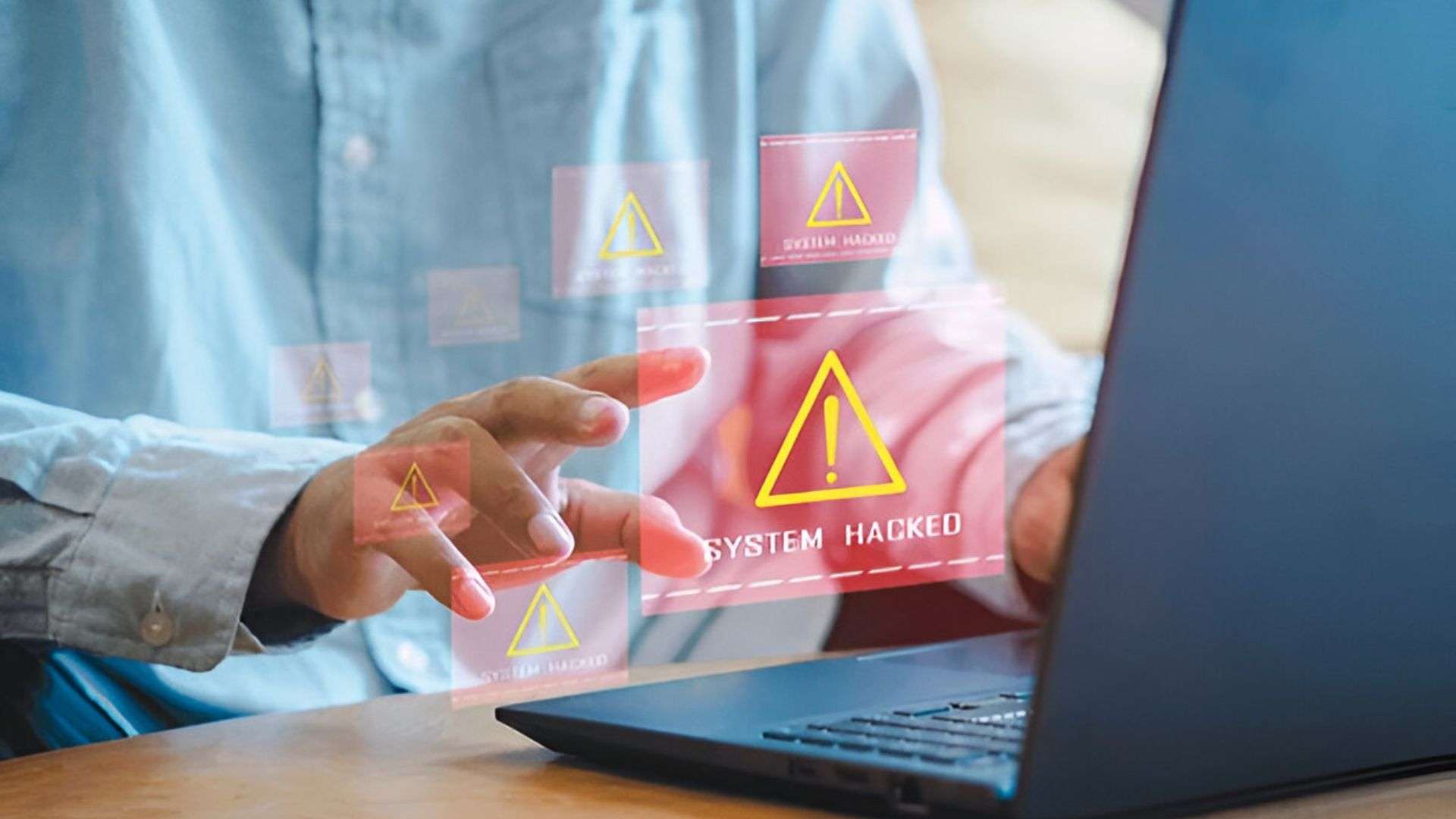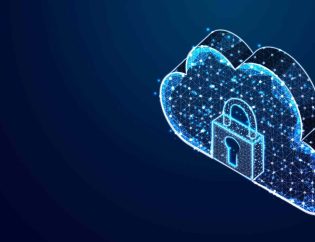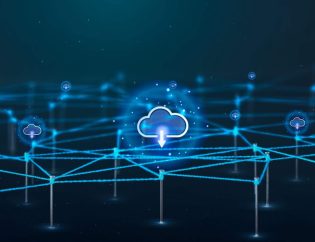
Introduction
In today’s data-driven world, data leakage prevention (DLP) is essential to safeguarding sensitive information. As organizations increasingly rely on digital platforms, the need to protect data has become a top priority. What is data leakage and how can it be prevented? This guide will answer that question and provide strategies, tools and techniques to secure your information against modern threats. By implementing effective data leakage prevention measures, companies can protect their assets, maintain customer trust and comply with regulatory requirements.
Data leak prevention is essential for safeguarding sensitive information and maintaining business integrity. Protect your data, prevent unauthorized access, and reduce breach risks with advanced security strategies! #DataSecurity #DLP
— Hyper Secure (@HyperSecure) November 8, 2024
What is Data Leakage Prevention?
Data leakage prevention is a security strategy aimed at identifying, monitoring and securing sensitive information to prevent unauthorized access and distribution. Organizations today must manage various types of data—such as financial information, intellectual property and personal customer details—that are often targeted by cybercriminals. DLP solutions help ensure that this data is only accessible to authorized users.
Data leakage prevention operates by using advanced tools and techniques to analyze, classify and protect data. Whether data is in use, in transit, or at rest, DLP tools actively monitor its status to prevent any accidental or intentional leak. In essence, DLP solutions offer a structured way to guard against data loss and leakage, which is critical in maintaining a secure business environment.
Quote:
“Data is a precious thing and will last longer than the systems themselves.” — Tim Berners-Lee, inventor of the World Wide Web.
How Does Data Loss Prevention Work?
Data loss prevention solutions operate by applying a variety of tools and protocols to safeguard data. Here’s an overview of how does data loss prevention work:
Content Analysis:
DLP tools analyze content to identify sensitive data. They use rules and policies to determine what qualifies as sensitive, including financial records, personal identifiers, or confidential business documents.
Data Encryption:
Encrypting data both at rest and in transit ensures that unauthorized users cannot access it even if they intercept it.
Access Control:
Setting access permissions is a fundamental part of DLP. Organizations can restrict data access based on user roles, preventing unauthorized employees from viewing or modifying sensitive information.
Real-Time Alerts:
When unauthorized attempts to access or share sensitive data occur, DLP systems generate alerts, enabling swift responses from security teams.
Each of these DLP techniques plays a critical role in preventing data breaches and protecting organizational data. Companies frequently ask what does data loss prevention mean because it forms the backbone of modern data security.
How Do Data Leaks Occur and Common Risks
Understanding how do data leaks occur is essential for implementing effective countermeasures. Data leaks can happen due to various factors, which often stem from both external and internal threats. Here are some common causes:
Phishing Attacks
Cybercriminals use phishing tactics to trick employees into sharing sensitive information. By disguising emails or messages as legitimate requests, attackers gain access to confidential data.
Insider Threats
Employees with access to sensitive information can inadvertently or deliberately cause data leaks. Whether due to negligence or malicious intent, insider threats are a significant risk for data security.
Weak Security Protocols
Inadequate security protocols leave systems vulnerable to cyberattacks. When organizations lack robust firewalls, encryption and access control, data becomes exposed to unauthorized users.
Misconfigured Cloud Storage
As more companies migrate data to cloud environments, misconfigurations in storage settings can lead to unintended data exposure. Proper configuration and regular monitoring are vital for cloud security.
The financial and reputational impact of a data leak can be significant, underscoring the need for comprehensive protection against data leakage.
Effective Strategies for Data Leak Prevention
Preventing data leaks requires a multifaceted approach, combining technology, policy and employee training. Here are some essential data leakage prevention strategies:
Employee Training
Educate employees on the importance of data security and common phishing tactics. By increasing awareness, companies reduce the likelihood of accidental data leaks.
Implement Multi-Factor Authentication (MFA)
Adding a second layer of authentication helps protect sensitive data. Even if a password is compromised, MFA ensures an additional verification step is required.
Regular Security Audits
Performing routine security audits enables organizations to identify vulnerabilities before they are exploited. Regular assessments also help companies remain compliant with industry regulations.
Data Masking
In non-production environments, data masking conceals sensitive information by substituting real data with fictitious data. This method reduces the risk of accidental exposure in testing or development settings.
Establish Clear Policies
Define clear data-handling policies to guide employee behavior and limit unnecessary access to sensitive data. Policies should outline who can access data, how data can be shared and what to do in case of a potential data leak.
These strategies offer practical ways to answer the question what do you mean by data leak prevention by addressing the key elements of data security.
Customer Testimonial
“Our company has seen a dramatic reduction in data leakage incidents since implementing Hyper Secure’s data protection solutions. Their expertise in data leakage prevention has transformed our security posture and strengthened our trust with clients.”
Data Leakage Prevention Tools and Technologies
Data leakage prevention tools leverage several advanced technologies to secure information. Here are some of the most popular DLP tools and technologies:
Content Filtering
Content filtering scans communications for sensitive data before they leave the organization. It helps prevent accidental data sharing over email or instant messaging.
Data Encryption
Encryption transforms data into unreadable code, securing information both in transit and at rest. This ensures that intercepted data remains inaccessible to unauthorized users.
User Activity Monitoring
Monitoring user activity helps detect unusual behavior that could indicate a potential data leak. Real-time alerts provide an opportunity to intervene before data is compromised.
Access Management Solutions
Access management tools control who can view, modify, or share data, reducing the risk of insider threats.
Machine Learning and AI
Advanced DLP solutions use machine learning to identify patterns in data use and detect unusual activity. AI-driven DLP can also predict potential threats, improving proactive protection.
These technologies help answer what is data leakage and how can it be prevented by providing robust solutions that address specific risks.
Common Data Leak Causes and Solutions
html
Copy code
| Cause of Data Leak | Impact | Prevention Method |
|---|---|---|
| Phishing Attacks | Unauthorized access | Employee training, strong authentication |
| Insider Threats | Data exposure or loss | Access control, activity monitoring |
| Weak Security Protocols | System vulnerabilities | Regular audits, multi-factor authentication |
Conclusion: How Hyper Secure Can Help
In today’s digital landscape, protecting sensitive information is crucial. Hyper Secure, a leading Data Leak Prevention Company, provides advanced data leakage prevention solutions designed to meet the needs of modern businesses. Our comprehensive tools protect sensitive data, prevent unauthorized access and reduce data breach risks. With Hyper Secure’s expertise, you can focus on core operations, confident that your data is secure.
FAQs
Q1: What is data leakage and how can it be prevented?
A: Data leakage refers to the unauthorized sharing or exposure of sensitive information. It can be prevented by implementing DLP tools, user training and encryption.
Q2: How does data loss prevention work?
A: Data loss prevention identifies and monitors sensitive data to prevent unauthorized access, using tools like content filtering and encryption.
Q3: What do you mean by data leak prevention?
A: Data leak prevention is a strategy to safeguard information from accidental or intentional exposure, ensuring data remains secure.
Q4: How do data leaks occur?
A: Data leaks occur due to phishing, insider threats, or weak security protocols, leading to unauthorized access and data exposure.
Q5: What does data loss prevention mean for businesses?
A: Data loss prevention helps businesses secure sensitive information, comply with regulations and prevent costly data breaches.
Q6: How can companies prevent data leaks?
A: Companies can prevent data leaks by using DLP tools, strong access control and educating employees on data security practices.








